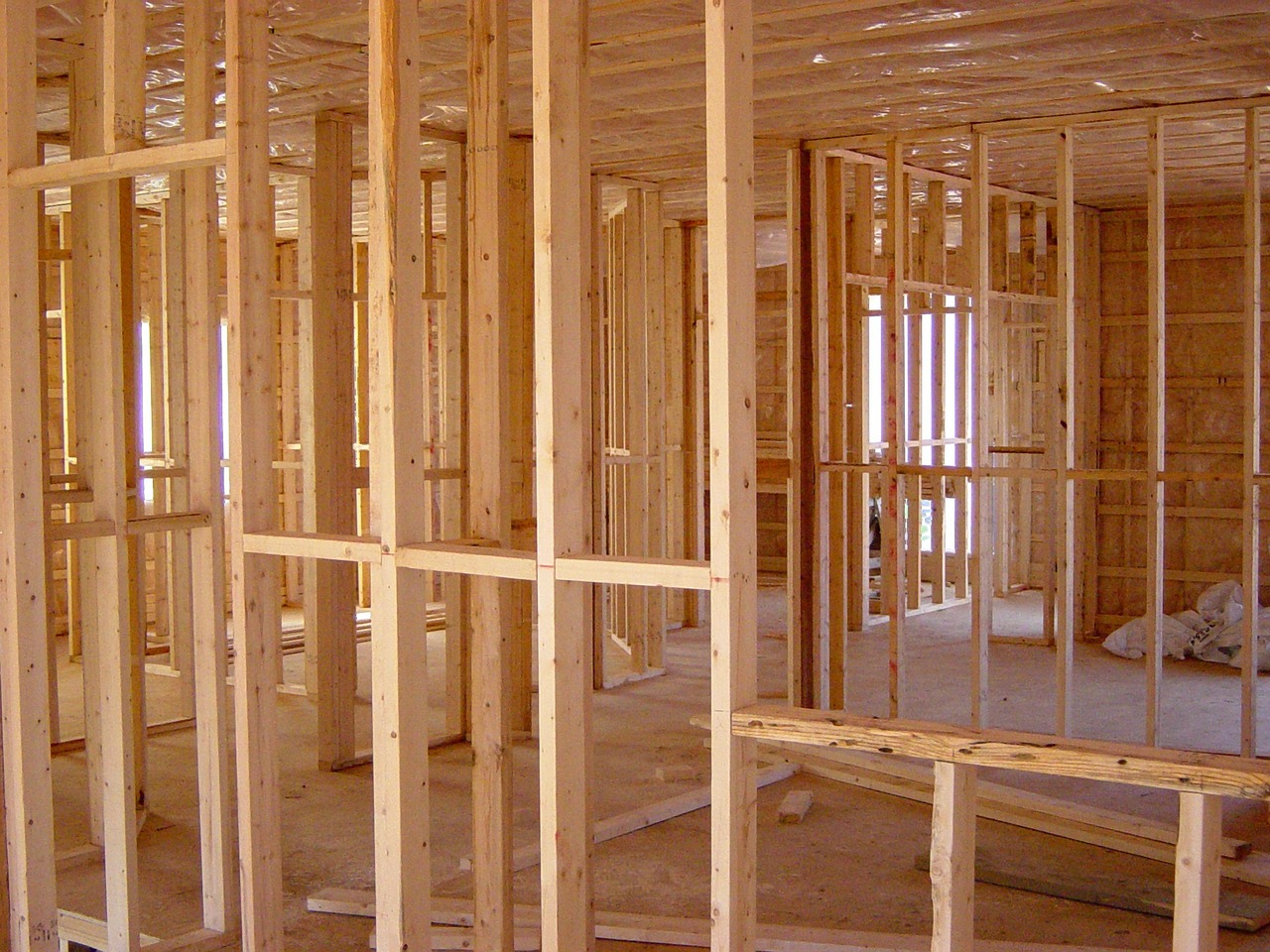Solving the problem of empty office space, landlords have considered the challenges of converting vacant units to apartments.
Microeconomics
What a “K” Says About Starbucks
After the Great Recession, businesses engaged the premiumization that recognizies the split between high and low income households.
An Update: China’s One, Two, Three Child Policy
About much more than babies, China’s shrinking birth rate reflects a slew of trade offs that created some problematic externalities.
Where Has the Middle Class Gone?
Whether looking at the past 50 years in the United States or at the recent global impact of the pandemic, we see a shrinking middle class.
Why We Talk With the Subway Fridge
Increasingly, and sometimes humorously, we are talking with bots as fast food AI percolates through our drive thru experience.
How Economists Still Disagree About a Minimum Wage
Continuing to debate the minimum wage impact, economists still do not agree how, if, and when jobs are lost.
How Fast Fashion Responded to the Rana Plaza Collapse
When the Rana Plaza collapsed on April 24, 2013, more than 1,100 workers were killed and 2,500 were injured. Yes, the world was horrified. More precisely though, in a recent paper, two scholars asked how demand and supply responded. The…
Where There is More (and Less) Care For the Elderly
As Baby Boomers elevate the world’s ageing populations, their governments (and children) are deciding how they want to support them.
Butter, Buildings, and Baumol’s Disease
New Chicago Fed head Austan Goolsbee and a U. of Chicago colleague try to solve the mystery of lagging construction industry productivity.
Why It’s Not Easy to Use Less of the Colorado River
Complicated by centuries of obligations, and conflicts between cities and farmers, Colorado River problems are tough to solve.









